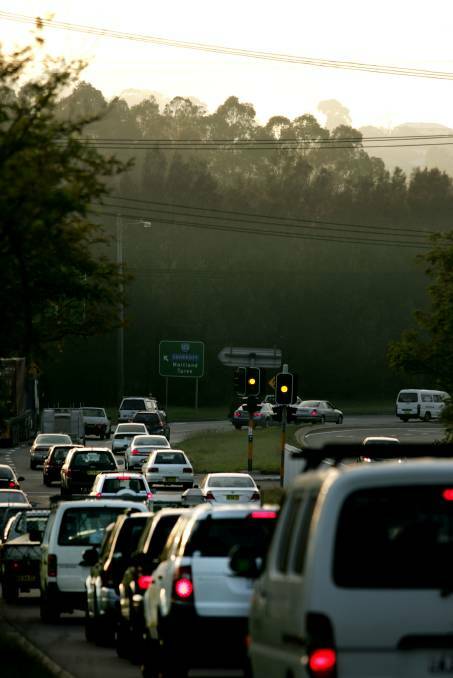
There has been nothing speedy about Ms Hornery’s push for more data on the Newcastle Road speed changes, which began in March. Roads and Maritime Services (RMS) said at the time there were 382 crashes between 2011 and 2016 on Newcastle Road, resulting in an injury crash rate per kilometre, five times the typical rate for a road of its type.
Subscribe now for unlimited access.
or signup to continue reading
“The very high traffic volumes, high number of driveways and intersections, the hilly road alignment and limited sight lines to traffic queued at intersections have contributed to a high number of crashes,” the authority said in March.
What was less clear was the difference the change made to state coffers. While there is no reason to cast doubt on the reasoning behind the change, the Berejiklian government is unlikely to be unhappy with the extra $1 million in revenue.
In 2016, the Newcastle Herald reported that the region’s speed cameras reaped $4 million a year or $10,000 a day. The Griffiths Road, Lambton, camera drew just over $468,000 in those figures.
The increase on Newcastle Road alone is a substantial jump in the region’s total.
At the time, Newcastle Driving School owner Phil Burns blamed cameras for contributing to accidents. “In many cases, these cameras are actually causing accidents – they force people to slow down suddenly and you get rear-end collisions,” he said.
Duncan Gay, the state’s roads minister at the time, argued claims of revenue-raising were undermined by the safety results of cameras. He said road deaths at fixed speed cameras dropped by more than 90 per cent, and the number of tickets issued by mobile speed cameras was reducing and claimed motorists were finally “getting the message”.
Authorities may well argue that drivers will adjust to the new speeds on our arterial roads, with these penalty notices a costly reminder. But it is worth questioning what types of crashes pushed the per-kilometre rate cited earlier this year into the red zone. Given the congestion along the city’s main east-west link, it is hard to imagine high speeds were involved regularly.
The answer is important. If the crashes were related to congestion, it applies pressure to deliver the final stage of the Newcastle Inner City Bypass, which would ease traffic through the area.
The solution may not be quick, but now we know that the revenue increase was.

